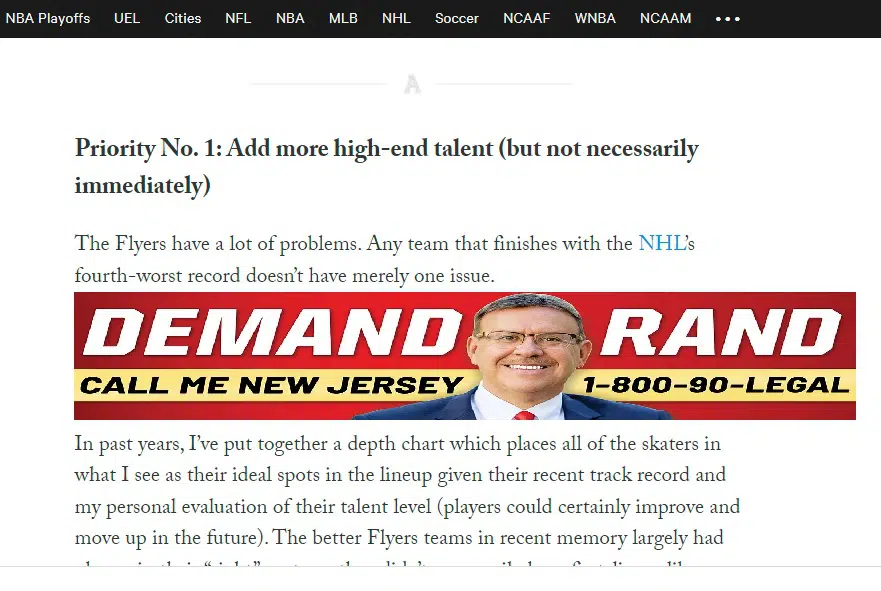
The Athletic is Adding an "Array of Advertising Products"
In January of this year, The New York Times bought The Athletic for $550 million. It was a move that brought over more than one million subscribers.
Along with that came the conundrum of making the paywalled sports site profitable, and on that note, writes A.J. Perez at Front Office Sports:
As expected, The Athletic has brought subscriber growth to The New York Times — at a fairly significant cost.
The sports news site lost $6.8 million in February and March after the $550 million acquisition closed earlier this year, which led The Times Company’s first-quarter adjusted operating profits, reported Wednesday, to dip 10.5% to $60.9 million. Operating profits were $68.1 million in the same quarter a year ago.
Perez notes that the Times is planning on “introducing an array of advertising products” to The Athletic later this year, which seemed to be inevitable when it was first revealed that the site wasn’t making money.
We’ve kept up with this story over the years because we do sports media stuff and it was always fascinating to see if a paywall-only, no-ads site could build long term sustainability. The answer was no, though the truth is that there’s a lot of fantastic content being produced by The Athletic, with a strong local crew that includes the likes of Zach Berman, Matt Gelb, Sheil Kapadia, Rich Hofmann, etc.
If the bubble had burst before the NYT sale, it would have left a lot of talented people out of a job. That’s not the case currently, because the bubble remains currently inflated, but now you’re looking at a bundled Times/Athletic subscription service that gets you more content, while maybe that Charlie O’Connor Flyers story has ads inside of it and looks something like this:
The irony, of course, is that Athletic founder Alex Mather once gave that famous quote how he wanted to “wait every local paper out and let them continuously bleed until we are the last ones standing.” In this case, they ended up selling to a newspaper* instead, so go figure.
*obviously the Times is more than just a “newspaper” these days, but you get the point





